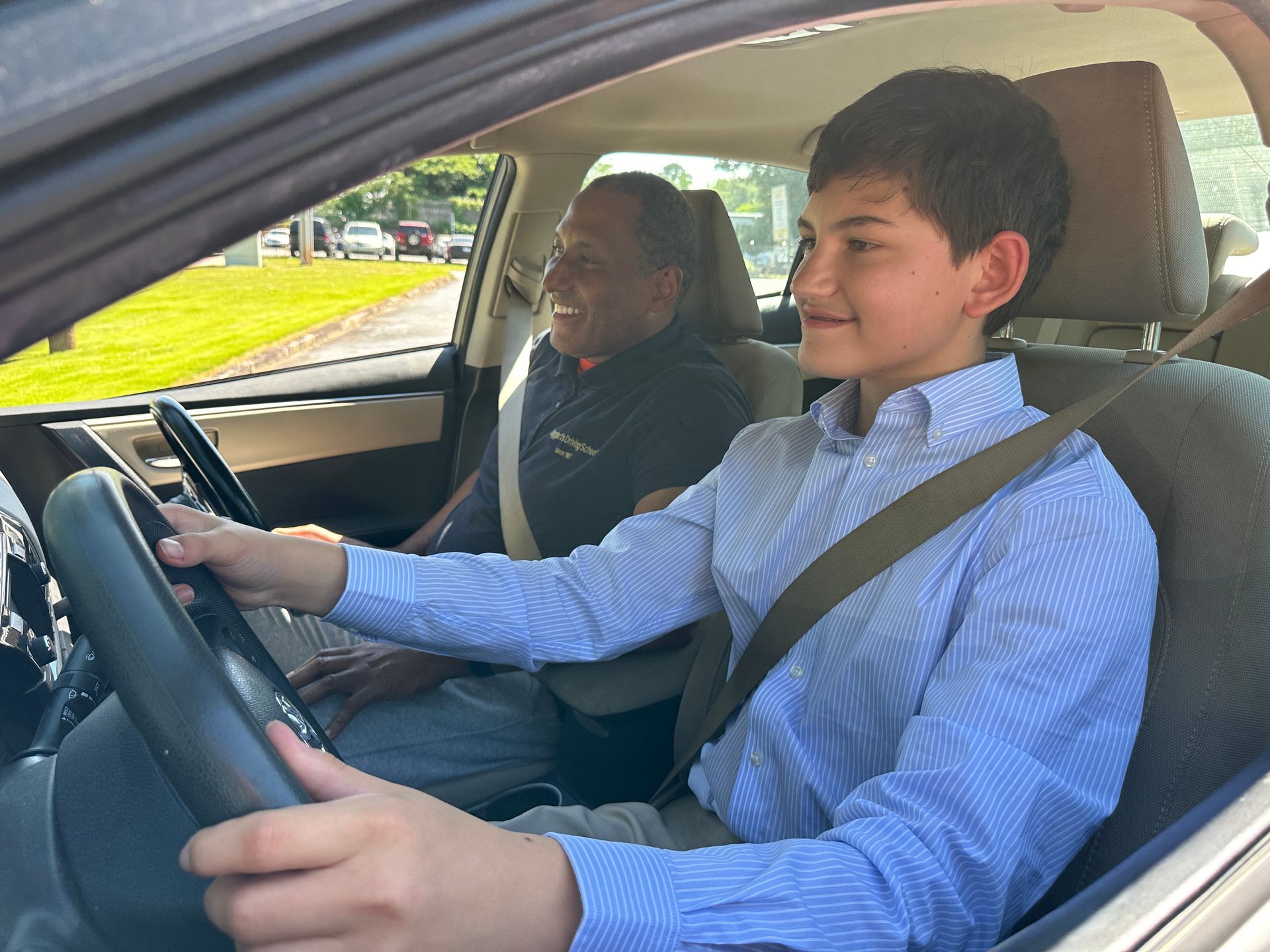Sooner or later, every new driver in a major metropolitan area has to face some form of traffic congestion. From accidents or construction obstacles that reduce the number of available lanes to crippling gridlock on overloaded streets, traffic congestion can prove both frustrating and potentially hazardous.
If you dread your first encounter with a sea of crawling cars and honking horns, you'll feel much more at ease once you know some practical strategies for dealing with congestion. Take the following five tips to heart as you navigate clogged roadways.
1. Stay Calm (and Avoid Those Who Can't)
A major traffic jam can seem hugely intimidating for a new driver, whether it involves a narrow city street or a major multi-lane highway. You can find it a titanic struggle just to enter the road, change lanes, or exit at the proper time. The resulting stress can affect your judgment, reactions, and overall health.
Observe your own physical and emotional responses to the situation. If you feel upset or stressed, focus on taking deep breaths and keeping your muscles relaxed. Note the surrounding challenges and your reactions to them, but let those moments go as quickly as they occur, accepting the circumstances as unavoidable.
Remember that not everyone manages stress equally well in traffic jams. Pay special attention to any signs of road rage from the drivers around you. If possible, try to steer clear of drivers who honk incessantly, make obscene gestures or shout at other drivers, and make reckless moves to gain position.
2. Handle Intersections With Care
Traffic congestion often includes a phenomenon known as gridlock. Gridlock occurs when lines of cars spill into the intersections of a city traffic grid, blocking the cars that could otherwise pass through the intersection, turning slow one-way or two-way traffic into slow four-way traffic.
You may accidentally contribute to gridlock if you think you have enough time to move through a sluggish intersection, only to have the traffic light run red before you can clear that intersection. Err on the safe side by moving up to the intersection slowly, giving the light every chance to turn red before you creep into the intersection.
3. Maintain Safe Distances
The need to judge distance in traffic jams doesn't apply solely to intersections. When you have cars surrounding you on all sides, you may feel pressured to creep up against the rear bumper of the car ahead of you, a practice called tailgating. If that car stops suddenly, however, your tailgating can produce a collision.
Keep a three-second stopping distance that allows you to brake as needed. If you do need to brake, brake as gently as possible so that the car behind you has time to react in the same manner. This simple habit alone could make the difference between slow, safe progress and a multi-vehicle accident.
4. Ready Your Car for Stop-and-Go Traffic
The stop-and-go demands of traffic congestion can put extra strain on your vehicle. The engine and radiator can get extremely hot, the brakes must apply near-constant pressure to the wheels, and the exhaust system has less chance to expel harmful gases. These problems can lead to dangerous or costly breakdowns.
If you regularly commute in congested traffic, schedule periodic mechanical inspections and any necessary maintenance for your car. Replace or top off fluids, check the tires and brake components, and make sure your exhaust system and indicator lights function properly.
5. Plan to Avoid Congested Routes
While some traffic jams occur in unexpected places due to an emergency or other unique event, others tend to form an unpleasant part of many drivers' daily routine. Once you know which routes in your area experience heavy traffic congestion, however, you can make plans to minimize your use of those routes.
If you seek comprehensive training and guidance to help you see your way through all kinds of driving conditions, Taggart's Driving School can help. Contact us to learn about our programs and enroll in driving lessons.











